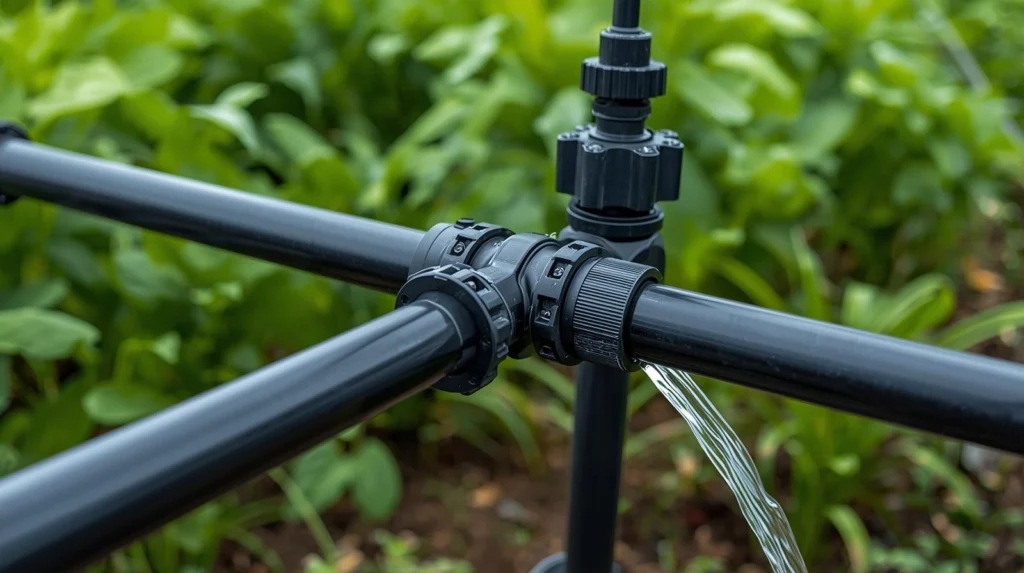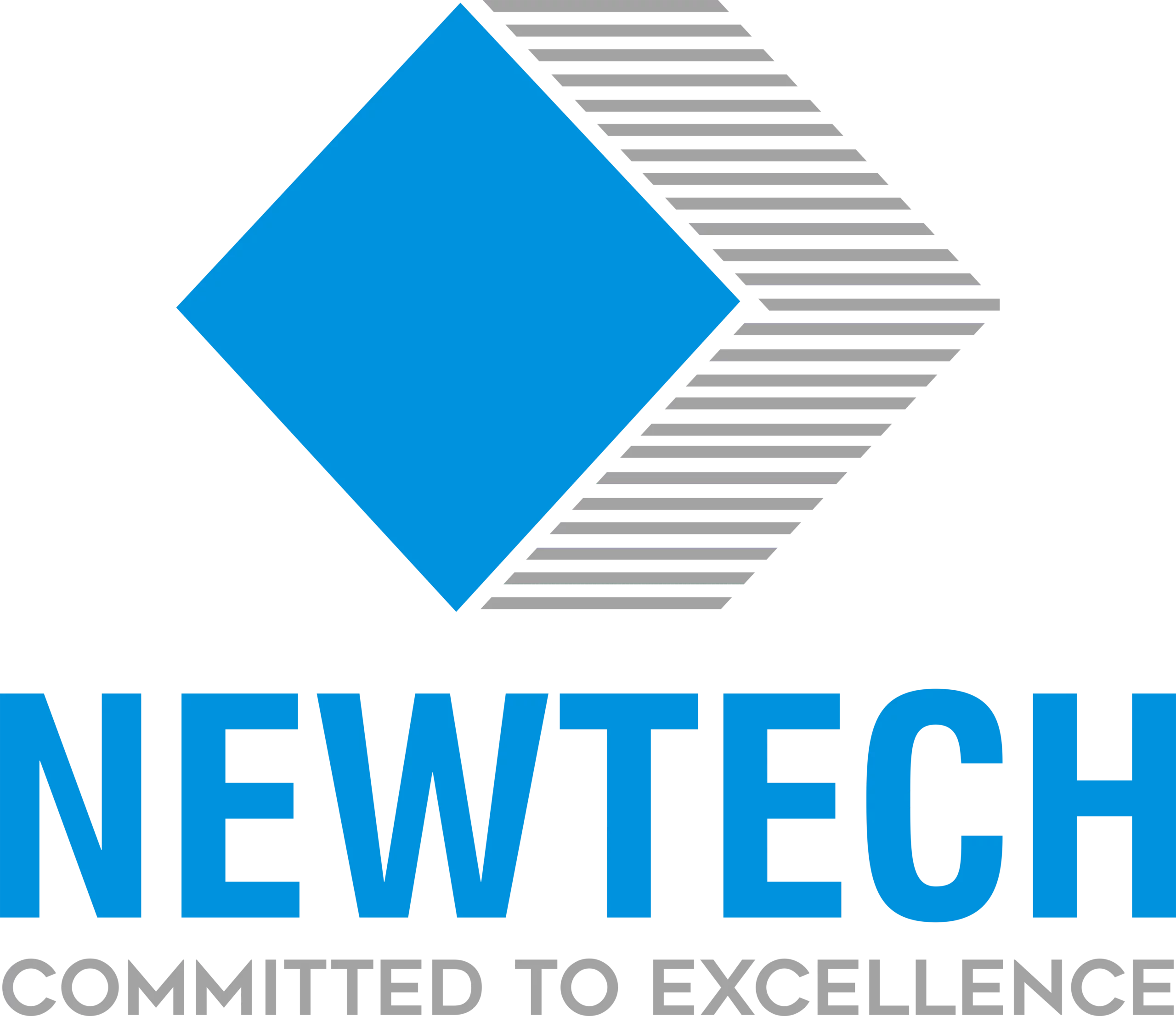When it comes to ensuring a consistent and efficient water supply for agricultural operations, one question often arises: How can irrigation systems become more sustainable, cost-effective, and durable? The answer increasingly points to HDPE pipes. As the global agricultural landscape continues to evolve, the shift toward high-density polyethylene (HDPE) pipes is revolutionizing irrigation systems worldwide. With growing concerns over water conservation, climate change, and the need for durable infrastructure, HDPE pipes are proving to be the ideal solution for modern irrigation.
In this article, we will explore how HDPE pipes are changing the irrigation game, addressing their key benefits, real-world applications, and why they are becoming the material of choice for irrigation systems globally. Whether you’re an agricultural business owner or a decision-maker in water management, this guide will offer invaluable insights into how HDPE can help optimize irrigation solutions.
What Makes HDPE Pipes Ideal for Irrigation?
What is HDPE and How Does It Work?
High-Density Polyethylene (HDPE) is a versatile plastic known for its strength, durability, and resistance to various environmental factors, making it an excellent choice for irrigation systems. Unlike traditional metal pipes, HDPE pipes are lightweight, flexible, and highly resistant to corrosion, ensuring longevity in even the harshest conditions. The material’s flexibility allows it to handle thermal expansion and contraction, which is particularly important in areas with extreme weather changes.
Pro Tip: When designing irrigation systems, opt for HDPE pipes with appropriate thickness and pressure ratings to suit the local soil conditions and water supply.
Key Benefits of HDPE Pipes for Irrigation Systems
- Durability and Longevity: HDPE pipes are incredibly resistant to chemical, UV, and abrasion damage. These properties make them less prone to cracks, leaks, and corrosion, allowing them to last much longer than traditional pipes, often exceeding 50 years of service life.
- Cost-Effectiveness: While the initial cost of HDPE pipes may be higher than alternatives like PVC, their long lifespan and minimal maintenance needs translate to significant cost savings over time. Additionally, HDPE pipes reduce installation costs due to their lightweight nature and the ability to use fewer fittings.
- Flexibility and Ease of Installation: HDPE pipes can be bent around corners and obstacles without the need for joints or fittings. This flexibility allows for quicker installation, minimizing labor costs and reducing the number of joints, which are potential sources of leaks.
- Resistance to Water Contaminants: The non-corrosive nature of HDPE ensures that it doesn’t interact with the water supply, avoiding contamination. This feature is particularly crucial in agricultural irrigation, where maintaining water purity is vital for crop health.
- Environmental Sustainability: HDPE pipes are fully recyclable, and their lightweight structure requires less energy during transport, reducing their carbon footprint. In regions where sustainability is a priority, HDPE pipes are a preferred choice.
Real-World Applications of HDPE in Irrigation
Case Study 1: Large-Scale Agricultural Irrigation in California
California’s agriculture industry has long relied on water-efficient technologies, and HDPE pipes have played a crucial role in this transition. The state’s extensive irrigation systems benefit from HDPE’s resilience in high-pressure applications, ensuring water is distributed efficiently across farms, even in challenging terrains. In this case, HDPE pipes were used to replace aging metal pipelines, resulting in improved water conservation, fewer leaks, and reduced maintenance costs.
Case Study 2: Micro-Irrigation Systems in India
In India, where water scarcity is a critical concern, micro-irrigation systems utilizing HDPE pipes have revolutionized the way water is delivered to crops. These systems, which include drip irrigation and sprinkler systems, rely on HDPE pipes to ensure efficient water distribution with minimal waste. The flexibility and corrosion resistance of HDPE have made it ideal for the intricate networks required for micro-irrigation, enabling farmers to save water and reduce input costs.
Pro Tip: For regions with limited water supply, combining HDPE pipes with smart irrigation technologies like sensors can enhance efficiency even further.
Case Study 3: Irrigation Infrastructure in Sub-Saharan Africa
Sub-Saharan Africa faces severe water management challenges, but HDPE pipes are helping to address some of these issues. In countries like Kenya and Ethiopia, HDPE pipes are being used for large-scale irrigation projects, where they are more cost-effective and durable than traditional alternatives. The pipes’ resistance to corrosion and low maintenance requirements are particularly beneficial in areas with harsh climates and limited resources.
High-Quality Pipes & Fittings – Built to Last
Key Considerations When Choosing HDPE for Irrigation Systems
1. Pressure Rating and Pipe Size
When selecting HDPE pipes, it’s important to consider the pressure requirements of the irrigation system. Different crops and water distribution methods require varying water pressures. HDPE pipes come with different pressure ratings, and selecting the right one ensures optimal performance and avoids pipe bursts.
2. Installation Method
HDPE pipes can be installed through several methods, including trenching, horizontal directional drilling (HDD), and open-cut methods. The installation method chosen will depend on the site conditions and the scale of the project. For smaller projects, trenching is the most common, while HDD is typically used for larger systems, especially in urban or environmentally sensitive areas.
3. Water Quality
Although HDPE pipes are highly resistant to water contaminants, it’s still important to consider the quality of the water being used. Regular maintenance and filtration systems should be employed to ensure the longevity of the pipes and the safety of the water supply.
Cost Analysis: HDPE Pipes vs. Traditional Materials
Factor | HDPE Pipes | PVC Pipes | Metal Pipes |
Initial Cost | Moderate | Low | High |
Lifespan | 50+ years | 20-25 years | 10-20 years |
Maintenance Cost | Low | Moderate | High |
Flexibility | High | Low | Low |
Corrosion Resistance | High | Moderate | Low |
Environmental Impact | Low | Moderate | High |
Conclusion
HDPE pipes are a game-changer in the world of irrigation systems, providing agricultural businesses with a cost-effective, sustainable, and durable solution to their water management needs. With their many benefits—ranging from long lifespan to minimal maintenance requirements—HDPE pipes are helping to conserve water, reduce operating costs, and improve the overall efficiency of irrigation systems worldwide.
By investing in HDPE pipes, farmers and irrigation planners can ensure that they are building a robust infrastructure that can withstand the demands of modern agriculture and the challenges posed by climate change. To stay ahead, consider consulting with irrigation specialists to determine how HDPE pipes can be integrated into your specific irrigation needs.
FAQ Section
1. Why should I choose HDPE pipes for irrigation systems?
HDPE pipes are durable, flexible, and resistant to corrosion, making them ideal for irrigation systems. They also offer long-term cost savings due to their minimal maintenance and long lifespan.
2. Can HDPE pipes be used for micro-irrigation systems?
Yes, HDPE pipes are commonly used in micro-irrigation systems such as drip and sprinkler irrigation, as they provide efficient water distribution with minimal leakage.
3. How long do HDPE pipes last?
HDPE pipes can last for over 50 years with proper maintenance, making them one of the most durable choices for irrigation systems.
4. Are HDPE pipes resistant to corrosion?
Yes, HDPE pipes are highly resistant to corrosion, making them ideal for use in challenging environments with harsh chemicals or soil conditions.
5. What is the cost comparison between HDPE pipes and PVC pipes?
While HDPE pipes may have a higher initial cost than PVC pipes, their long lifespan, durability, and low maintenance costs make them a more cost-effective option in the long term.


